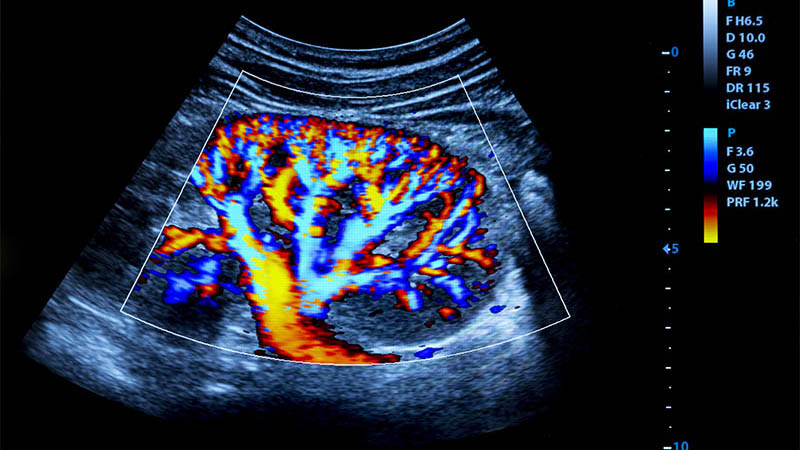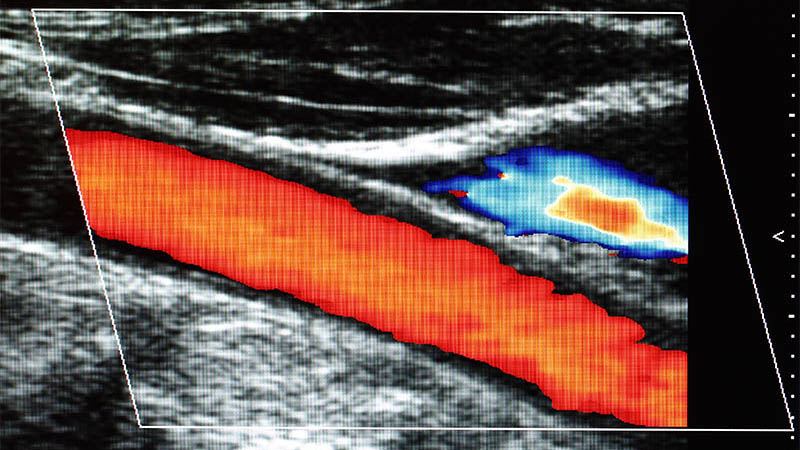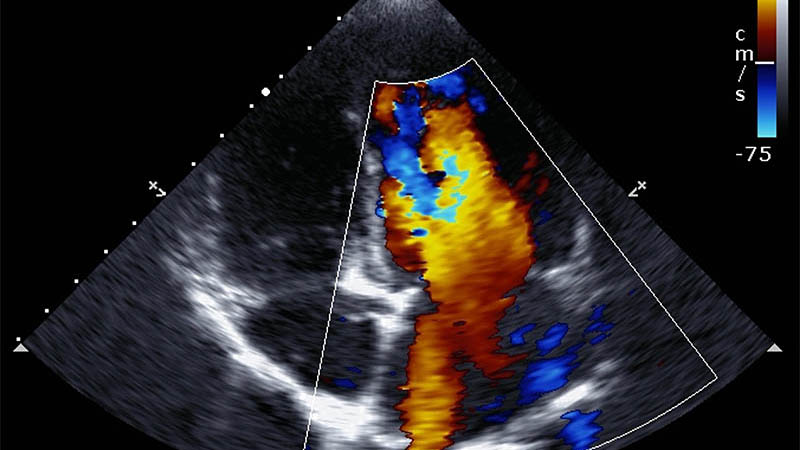Anatomical variations of the cervical vagus nerve on ultrasonography: a cross-sectional study
Sukhmani Randhawa1, Kunwar Pal Singh1, Arvinder Singh1, Pooja Pal2, Sukhdeep Kaur3
 Affiliation and address for correspondence
Affiliation and address for correspondenceAim: To identify anatomical variations in the cervical vagus nerve using ultrasonography and assess their relationship with age, sex, side, site, and proximity to the thyroid gland. Materials and methods: A crosssectional observational study was conducted on 347 patients undergoing routine or clinically indicated neck ultrasonography. High-frequency linear ultrasound probes were used to scan the cervical region bilaterally. The cervical vagus nerve was identified relative to the common carotid artery and internal jugular vein, and its anatomical course was classified using a reference C-I axis. Anatomical variation types and proximity to the thyroid gland in potentially vulnerable configurations were recorded. Demographic factors, including age and sex, were analyzed in association with variation prevalence. Results: Anatomical variations of the cervical vagus nerve were observed in 132 of 347 participants (38%). There was a statistically significant left-sided predominance (67.1%) compared to right-sided variations (6%) (p <0.001). Eight patients had bilateral variations. The most common type was the anteromiddle variation, followed by anterolateral, anteromedial, and medial types. Variation prevalence increased with age and was higher in males than in females (46.6% vs. 34.4%, p = 0.033). In 69 cases, the cervical vagus nerve was located less than 2 mm from the thyroid gland, with 13 abutting it directly. Conclusion: Ultrasonography is a valuable, non-invasive imaging modality for identifying anatomical variations of the cervical vagus nerve. Awareness of these variations is essential for surgical planning and for preventing iatrogenic nerve injury, especially during procedures like thyroidectomy, vagus nerve stimulation, and radiofrequency ablation, particularly in older patients and on the left side of the neck. Preoperative mapping of the nerve using ultrasonography could, therefore, be considered as a routine measure.








